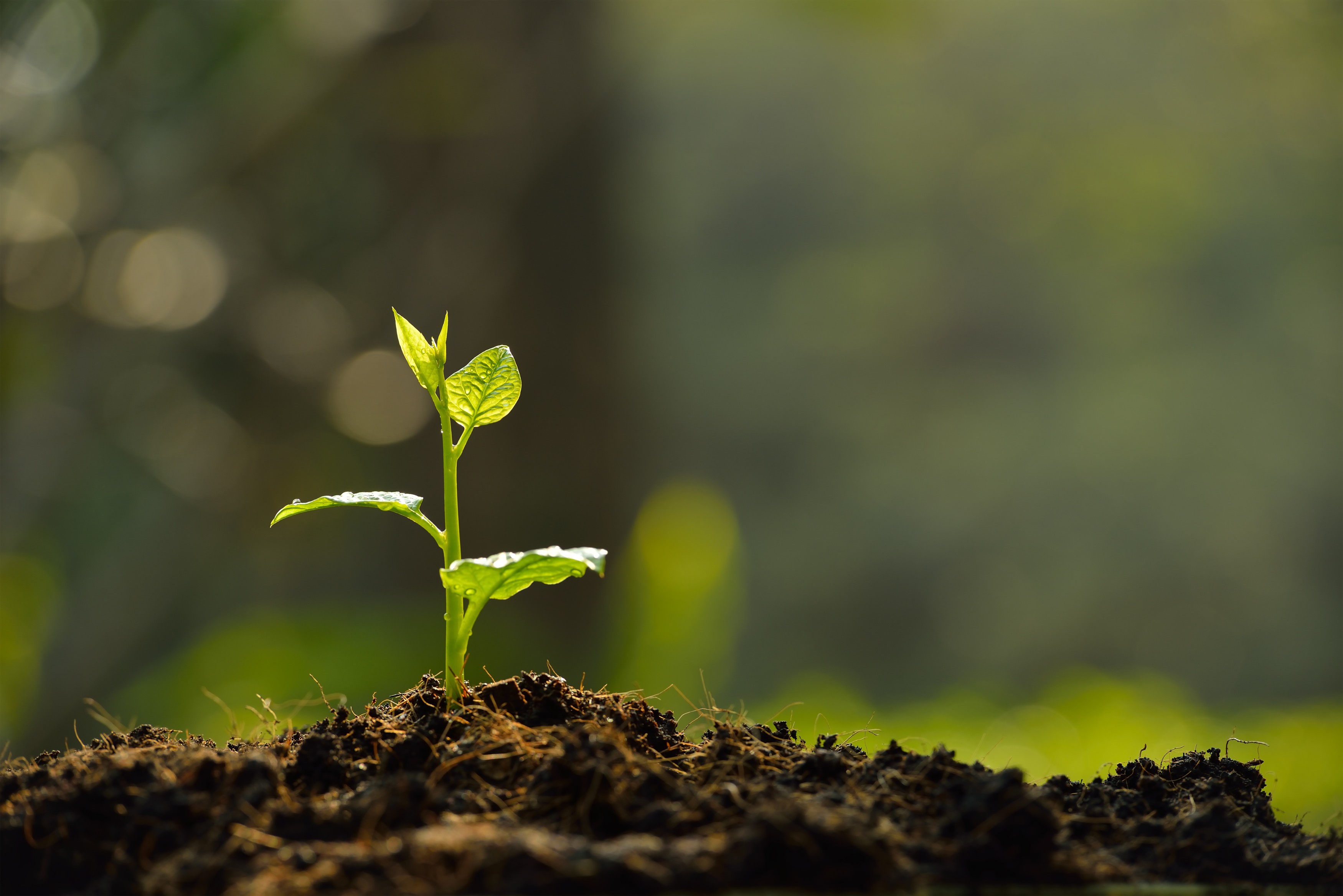How are you celebrating “World Soil Day”? I suspect that, for most reading this blog, it wasn’t high on your agenda.
There is a global community of 60,000 scientists who dedicate their lives to the study of soil. They’re constantly questioning what the rest of us take for granted. For most of us, soil is simply the thing in which “stuff” grows. It provides the basic material for sports pitches, gardens and parks. It’s the stuff with which farmers work, but it’s rarely something to which we give much thought. We just take for granted that it’s there and that it can be used. For some of us, it’s dirty and bothersome. Why else would we negatively speak of “soiling” something? In some cultures, the word “soil” is often replaced with the word “dirt”.
World Soil Day represents an opportunity to reflect on the value of and the threats to soil:
Value: Over a third (36%) of the world’s fertile soil is used for food production.[1]
Threat: Over half (52%) of agricultural land is moderately or severely damaged by soil erosion.[2]
Conclusion: As the world population grows, the resources needed for food production are reducing.
Soil is mind-blowing. It’s a combination of minerals, gases, organic matter and countless organisms. This unique mix is essential to sustain all of life. Yet, that very same mix can pose challenges to some people’s wellbeing. Soil Transmitted Helminths, otherwise known as intestinal worms, affect about 2 billion people every year. They cause anaemia, impaired physical development and loss of cognitive ability. I’ve seen their cruel effects in some of the programmes with which I have worked overseas.
I’ve had a particular interest in soil for more than a decade. My colleagues and I have wondered if M. leprae, the bacterium that causes leprosy, can live as a viable organism in the soil. At the time that we first considered this, the general understanding was that leprosy was spread, person to person, by droplet infection: coughing, sneezing etc. The assumption, in the 1980s, was that if the transmission between people could be interrupted, leprosy would eventually disappear. In considering why this has not proven to be the case, some of us asked if there might be some other hosts for the bacterium.
It has been shown that M. leprae can survive outside the human body for 45 days.[3] Research published late in 2011 shows that viable leprosy bacteria can be found in the soil near the places where people affected by leprosy live.[4] It is found in higher concentrations in areas used for washing and bathing than in areas closer to homes.[5]
The research suggests a number of things. First, there is a real possibility that infection can be spread by indirect exposure rather than by person to person droplet infection. Second, damp, wet conditions help the bacterium survive longer. Third, the distance a person lives from a river or water source may have an influence on their potential to contract the illness. Those of us committed to the global fight against leprosy get excited about this. These insights help us. They don’t yet prove our theories, but they tell us that we are asking the right questions. But these questions also raise more questions. For example, we have evidence that transmission of leprosy is possible between a certain type of armadillo and humans. The armadillo gets leprosy in its snout, which it uses for foraging in the soil. What’s the connection there?
Research is vital. While my colleagues and I bring care to people who are currently affected by leprosy, we also invest heavily in long term, strategic, research. We face the constant challenge of allocating resources between addressing immediate suffering and long term, strategic, initiatives. In a world of limited resources these can be difficult choices. We invest long term because, if we truly want to eradicate a disease, we need to fully understand how it is transmitted.
Image Credit: amenic181/Shutterstock
[1] ‘Crop Production and Natural Resource Use’, http://www.fao.org/docrep/005/y4252e/y4252e06.htm, accessed 4th December 2014.
[2] ‘Desertification: Environmental Degradation’, http://www.un.org/en/events/desertificationday/background.shtml, accessed 4th December 2014.
[3] K.V. Desikan & Sreevatsa, ‘Extended studies on the viability of Mycobacterium leprae outside the human body’ in Leprosy Review (1995:66), pp. 287-295.
[4] R. P. Turankar et al., ‘Dynamics of Mycobacterium leprae transmission in environmental context: Deciphering the role of environment as a potential reservoir’, accepted 24 October 2011, in Infection, Genetics and Evolution (2012:12), p. 124.
[5] 7.3% of samples from near the houses of patients contained viable M. Leprae, compared to 17.6% from near washing and bathing areas, a statistically significant difference (p = 0.0385, a 96.15% probability it is not simply a coincidence).

Comments:
After going over a handful of the articles on your web site, I
really like your technique of writing a blog. I saved it to my bookmark site list and will be checking
back in the near future. Please check out my website as well and tell me your opinion.